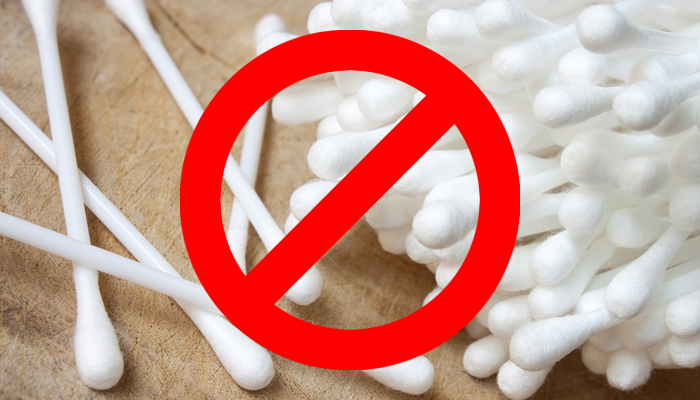Long before I learned all this stuff about food, I learned crazy things about ears. The first thing that was world changing for me was the idea that I can use a cotton swab on my ear all day every day. But, for cats and dogs, cotton is abrasive. Second thing – how to clean ears only involves liquids, nothing solid, not even wash cloths. Third, and craziest thing, chronic ear infections are highly suggestive of food allergies.
So, before we go, let’s talk about how to clean ears.
Put a few drops of dish soap in 8oz of water, then in a squeeze bottle.
Squeeze a giant puddle of soapy water into the outer ear canal. Massage the base of the ear so it makes squishy, sloshie noises for 30 seconds. Do the other ear. Most important step: stand back and let them fling their heads. The soapy water and massage break up all the waxy debris, which our cats and dogs fling out with a head shake.


Hi Dr. Cathy,
I was wondering about your comment. You said most ear infections have to do with food allergies; one of my cats had an awful experience a month ago. At first his symptoms were occasional twitchy ears progressing to constant with red, inflamed ears and fever; head shaking and then he began ramming his head essentially head-butting my stomach and other things and constantly rubbing his head.
As soon as I noticed the twitching I looked for mites and didn’t see any and then thought it was environmental and seasonal allergies (we had moved to a rather rural farming area in MN from a city area in IL and also moved into an old house with a lot of smelly ick.) Anyhow, the head butting began right after the constant twitching and I immediately brought him to vet. He was given antibiotic shot, steroid shot slept for 12 hours almost straight and then got better.
His occasional ear twitching and rubbing began after 3 1/2 wks or so, and I brought him back to vet to head off another full blown incident, but a different vet was there and gave him a different type of steroid in a shot and asked about his food. He also asked if Tully was chewing at his feet which he was occasionally. I told vet Tully and sister are fed grain free wet and dry, but forgot to mention the use of corn litter. Tully gradually got better, not as quickly as the first time, but he still scratches once in a while which might be seasonal??
Anyhow, it finally dawned on me that perhaps their litter was causing issues and changed it out to a grass based formula from PioneerPet with no issues. Since changing it and it’s only been a few days, Tully has seemed like his old self. He does scratch once in a while, but no ear twitching or other stuff. Have you seen issues with corn based litters before? I’m also thinking of changing them from Farmina no grain Boar back to Orijen Regional Red due to the potato in Farmina. (I’ve also tried to get them off chicken in their wet and dehydrated food–they won’t eat raw, but it hasn’t worked thinking chicken might be an issue, too.)
Anyhow, just wanted to share this. My cats have been using WB corn litter since I adopted them from the shelter when they were 4 mos. and don’t know if that caused any problems, but I’m not taking any chances.
I think you handled this very well.
You’re absolutely right litter could be a problem. It could be anything from corn allergy to mold sensitivity. It would be unrealistic to expect a high quality corn to be used for the cat litter – thus moldy corn ears may be the contents. There is also evidence that the corn that is used for cat litter is GMO corn.
How long the shot lasts helps determine the cause of the allergies. If your veterinarian used the long acting steroid shot, then that helps with diagnosis. If the shot runs out in 3 to 4 weeks and the itching comes back, it is often a food allergy. If the shot last longer, like 6 to 8 weeks, then it is usually some kind of a hay fever or seasonal allergy. Or even an environmental allergen like you’ve described with the corn litter.
It’s hard to figure out the cause of the allergies when everything is changed all at once: a steroid shot, different litter, different state to live in, and a different food. Because if the allergies don’t come back then you don’t know what was the solution. Of course, it could be a combination of all of the changes; and obviously the goal is no more allergies for your kitty!
Thank you for sharing your experience.